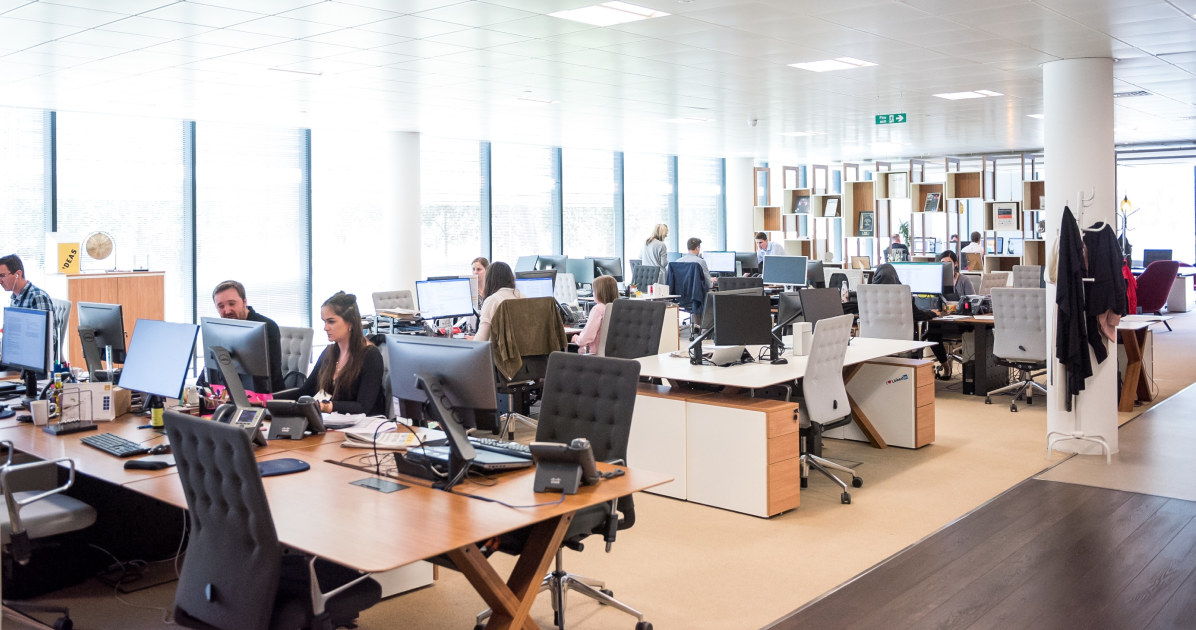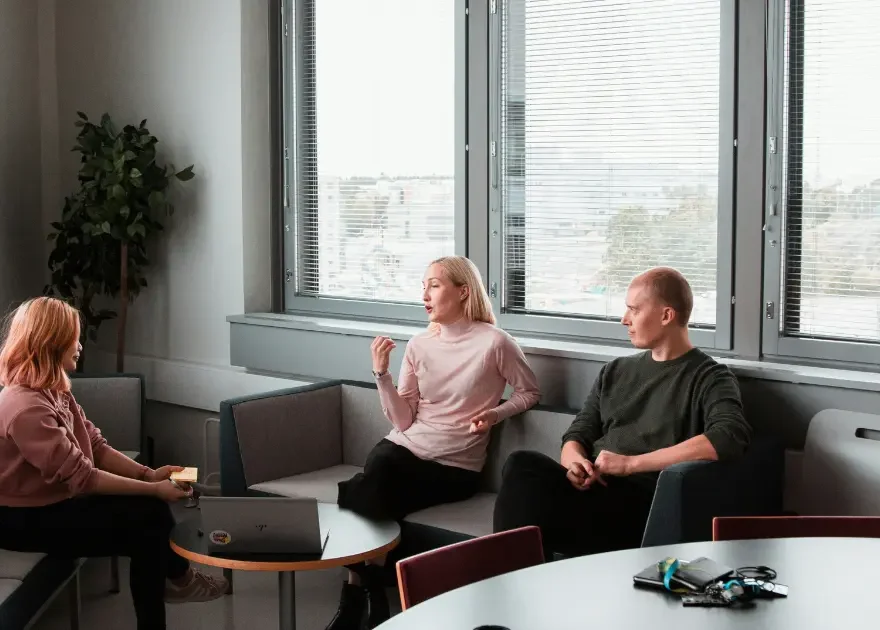Workplace Diversity: Age

A positive workplace culture is essential for any organisation, and diversity plays a crucial role in achieving it. Diversity in the workplace refers to acknowledging, understanding, and respecting differences among individuals based on various factors such as age, ethnicity, gender, religion, sexual orientation, mental and physical abilities, and more.
However, managing diversity can be challenging, especially in an inter-generational workplace. With up to five generations coexisting in many workplaces, managers face the task of ensuring that all employees, regardless of age, work together harmoniously. These generations have different working styles, communication methods, technological proficiency, ideologies, career goals, and even fashion sense.
To ensure a positive workplace culture, all generations must understand each other’s perspectives and unique needs. Encouraging open and honest communication is vital. Managers should create opportunities for employees to share their experiences, perspectives, and ideas.
Embracing diversity in the workplace can also benefit an organization in many ways. Diverse teams can offer diverse solutions to problems, increase creativity, and boost productivity. Employees from different backgrounds and generations can bring a range of skills, experiences, and ideas to the table.
To manage diversity effectively, managers must also be aware of unconscious bias. Unconscious bias can impact decision-making, such as hiring, promotions, and performance evaluations. To minimize the effects of bias, managers should consider training programs that promote awareness and education around unconscious bias.

The 4 generations present in the workplace
Baby Boomers, Generation X, Millennials, and Generation Z are the four generations currently present in many workplaces. Let’s take a closer look at each generation’s characteristics and how they contribute to the workplace.
Baby Boomers
Baby Boomers (born between 1946 and 1964) are often seen as the most traditional of the generations. This group values loyalty, hard work, and dedication to their employer. They tend to have a strong work ethic and believe in putting in long hours to get the job done. They also have a lot of experience and knowledge to offer, which can be valuable to younger generations. However, some may struggle to adapt to new technology or changes in the workplace.
Generation X
Generation X (born between 1965 and 1980) grew up during a time of economic and political change, which has influenced their attitudes towards work. They value independence, work-life balance, and flexibility, and tend to be pragmatic and solution-focused, bringing a more individualistic approach to work. They can also be more tech-savvy than Baby Boomers, which can be useful in today’s workplace. However, they may struggle to find common ground with Baby Boomers or Millennials.
Millennials
Millennials (born between 1981 and 1996) have been the subject of much discussion in recent years, as they are the largest generation in the workforce. This group values purpose, flexibility, and work-life balance. They tend to be more team-oriented and collaborative, which can lead to a more inclusive and diverse workplace. They are also comfortable with technology and tend to be quick learners. However, some may see them as entitled or lacking loyalty to their employers.
Generation Z
Generation Z (born between 1997 and 2012) are the newest generation to enter the workforce. They are highly tech-savvy and comfortable with digital tools, and value authenticity, diversity, and social justice. They tend to be highly ambitious and motivated, with a strong desire to make a difference in the world. However, they may lack experience and struggle to adapt to the traditional structures of the workplace.

So, how can employers create a workplace that caters to all generations? Here are a few tips:
- Foster a culture of respect and inclusivity: By acknowledging and valuing the unique perspectives of each generation, employers can create a workplace that is welcoming to all.
- Provide opportunities for growth and development: By offering training and development programs, employers can help employees of all generations stay up-to-date with the latest technology and trends.
- Offer flexibility: By offering flexible work arrangements, employers can accommodate the different needs and preferences of each generation.
- Encourage collaboration: By fostering a collaborative environment, employers can encourage cross-generational learning and understanding.
While each generation brings its unique strengths and challenges to the workplace, employers can create a workplace that benefits everyone. This is achieved by fostering a culture of respect, inclusivity, and collaboration. By embracing the different perspectives and experiences of each generation, we can build a stronger and more diverse workforce.
Need guidance around fostering an age-inclusive workplace, or have some Human Resources questions in general? Contact the team at Now Actually, and we can work out how we can best help you.




